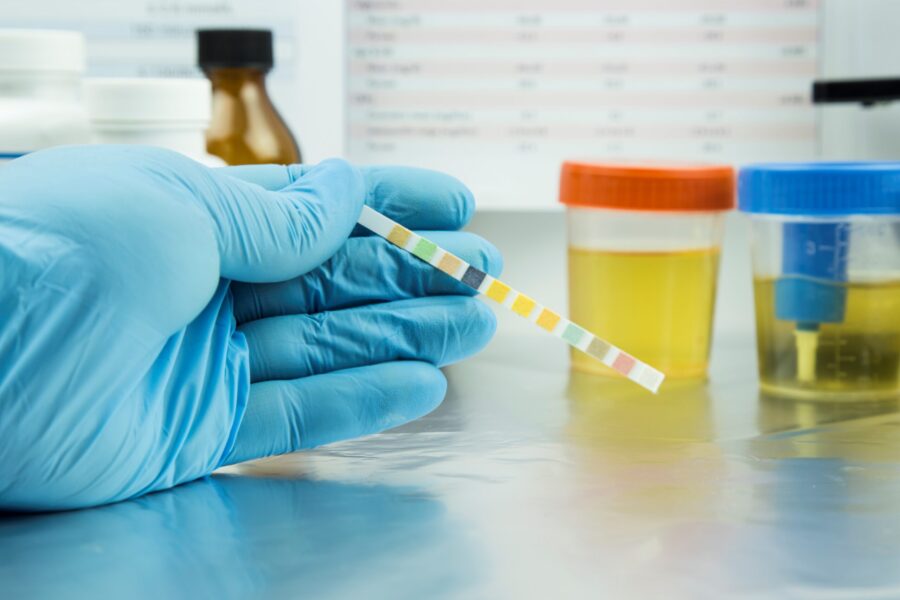Overview of the Steps
In making the decision to begin offering an injectable naltrexone service, best practices dictate that a community pharmacy should (1) train staff, (2) create an infrastructure, (3) establish lab protocols, and (4) establish referral relationships. By doing so, community pharmacists will be better informed, prior to making their decision, about the requirements and associated best practices necessary to establish an injectable naltrexone service in their community.
Creating a No-Judgement Zone
Beyond any logistics, community pharmacists currently offering injectable naltrexone services highlighted that one of the most important factors is creating a no-judgement zone. Fostering a no-judgement zone promotes pharmacy staff understanding about why the service is being offered, that they are there to help individuals with an OUD as they move forward with their lives, and to provide a safe and supportive environment for these individuals.




